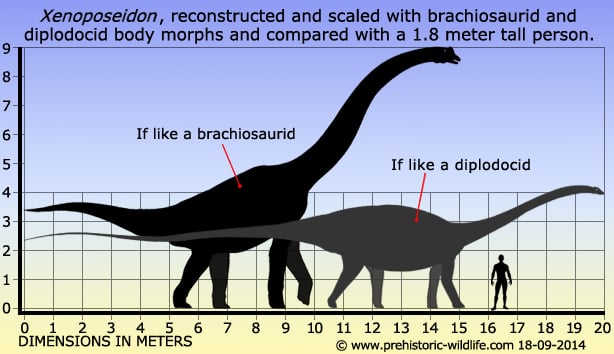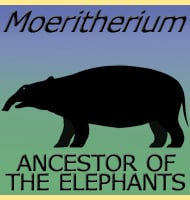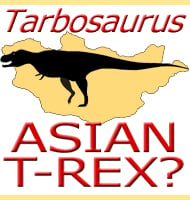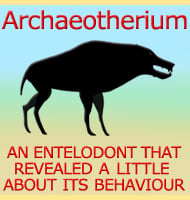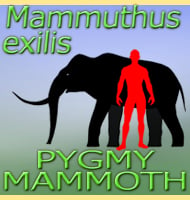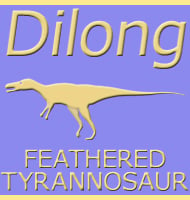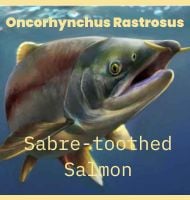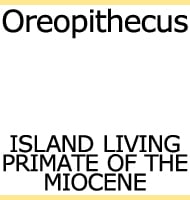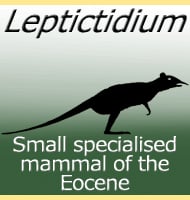In Depth
Way back during the 1890s, a fossil collector named Phillip James Rufford discovered a partial dorsal vertebrae near Hastings in East Sussex, England. Eventually catalogued as BMNH R2095, the vertebrae was first thought to belong the genus Cetiosaurus by Richard Lydekker, before eventually becoming Pelorosaurus conybeari. That was about it for well over a hundred years as the specimen lay in storage at the British Natural History Museum in London, England, until one day a palaeontologist named Mike Taylor realised that this partial vertebrae was quite unusual. Mike Taylor teamed up with another palaeontologist named Darren Naish, and in 2007 a description of this vertebra was not only published, but the vertebrae became the holotype for a new genus of sauropod dinosaur: Xenoposeidon.
The vertebrae though incomplete, displays a number of features that have simply not been seen upon any other sauropod dinosaur, which actually would make further remains attributable to Xenoposeidon as long as vertebrae were with them for comparison. The unfortunate thing about the vertebrae however is that although we know it belonged to a sauropod dinosaur, we don’t specifically know what kind. Fortunately in their 2007 description Taylor and Naish considered that Xenoposeidon may have been built either like brachiosaurids (similar to Brachiosaurus) or diplodocids (similar to Diplodocus). If brachiosaurid, then the length may have been about fifteen meters, but heavily built, while if diplodocid about twenty meters but lightly built. Unfortunately it seems that the only we anyone can be more certain about this is if more fossils can be found. Later analysis by Taylor however, leans more towards Xenoposeidon being a rebacchisaurid sauropod.
Further Reading
- An unusual new neosauropod dinosaur from the Lower Cretaceous Hastings Beds Group of East Sussex, England. - Palaeontology 50(6):1547-1564. - Mike P. Taylor & Darren Naish - 2007. – Xenoposeidon is the earliest known rebbachisaurid sauropod dinosaur. PeerJ 6:e5212 – M. P. Taylor – 2018.
